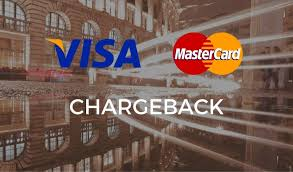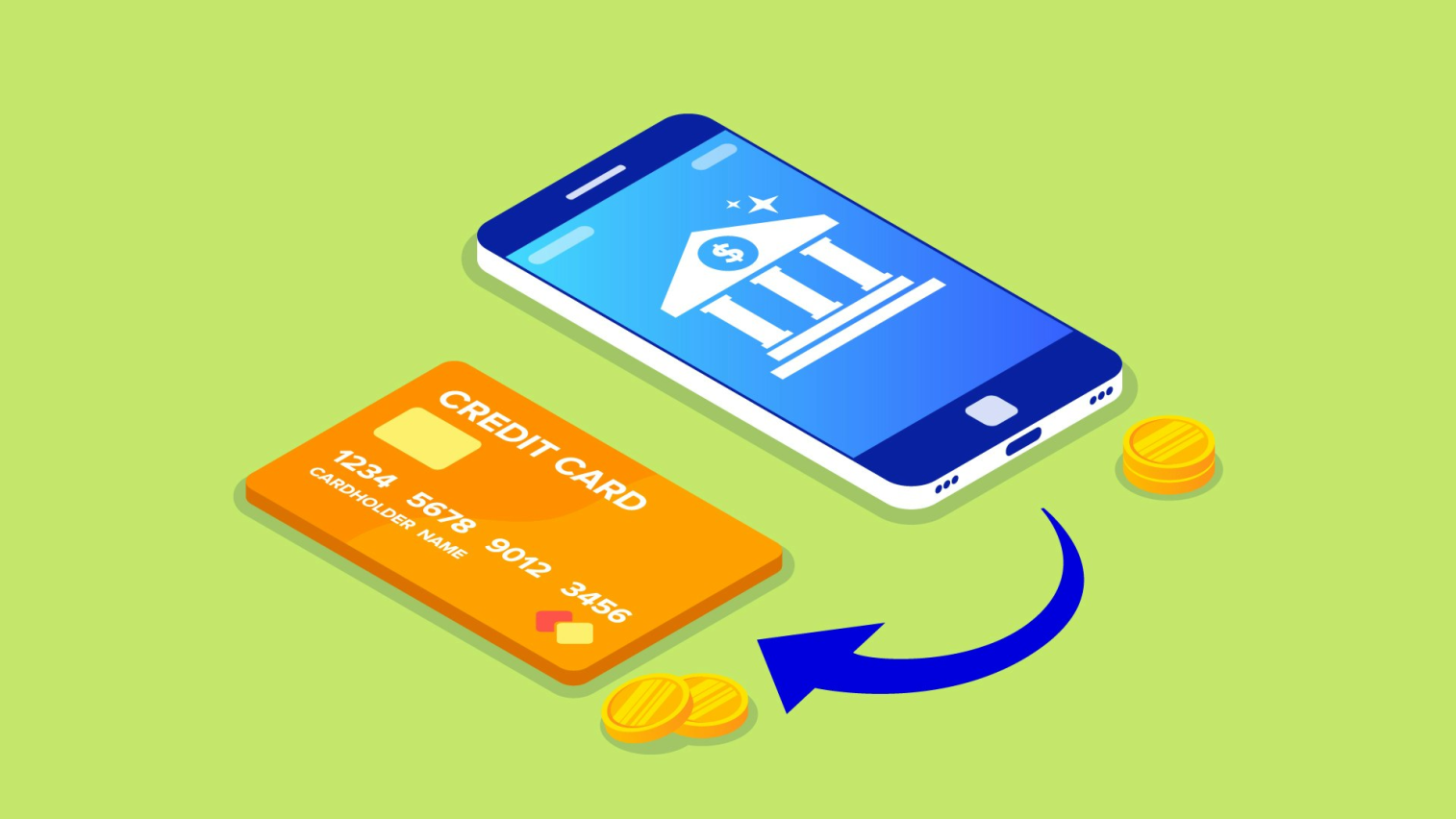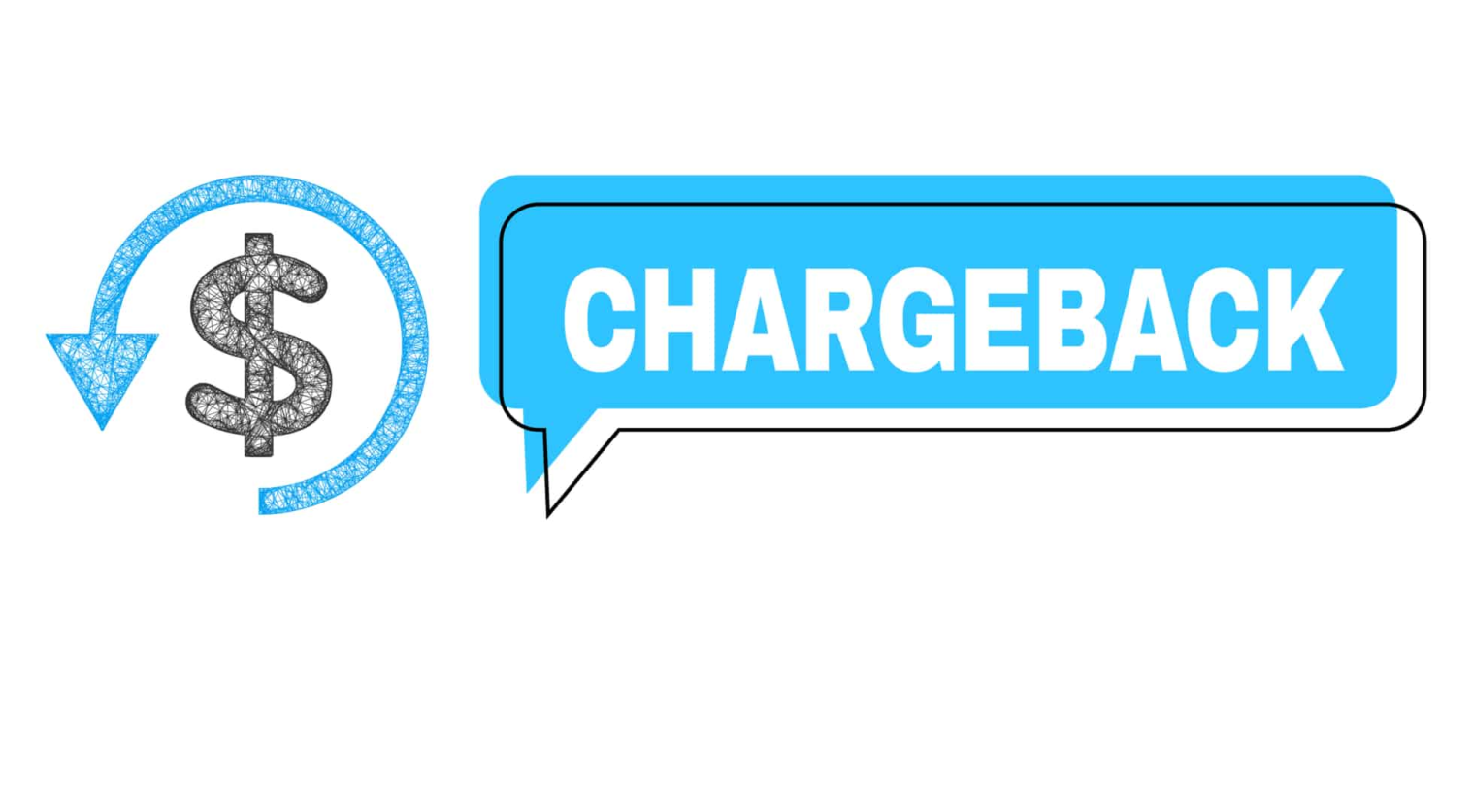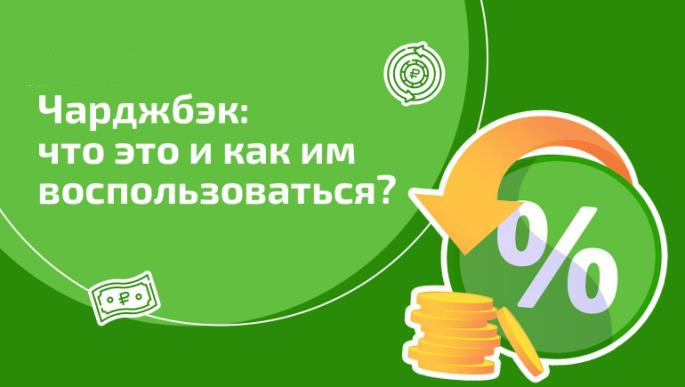There are times when you need to resolve a problem with a completed payment. Such a problem may arise if the payment was made accidentally and sent to the wrong recipient, or if there was a fraudulent charge. This leads to more difficulties, and for this, a specially developed system called chargeback allows you to try to return the funds to your card.
What is a chargeback?
A chargeback is a specially created procedure that allows you to dispute a payment made with a bank card that the payer disagrees with.
This procedure is possible if an accidental payment was made or if there was an unauthorized charge on the bank card. The chargeback procedure allows an online store customer or bank card holder to reverse a transaction, having an objective reason to do so.
How does chargeback work?
The chargeback procedure is only possible if a cashless payment was made and funds were debited from a bank card. The most common cases are:
- a duplicate charge of the same payment;
- the amount does not match the declared amount and may be higher;
- if funds were debited for a product that was not purchased;
- a paid order is missing or not delivered;
- a paid order was not complete or was of poor quality and needs to be returned to the seller;
- goods sent by mistake or intentionally.
In all of the above cases, the first step is to contact the seller directly, explain the situation, and propose a peaceful resolution for refunding the money. Only if the seller refuses to compensate on their own should you contact the bank to request a chargeback procedure.

Refund through chargeback
To achieve a refund through the chargeback procedure, you need to submit an application to the bank's security service, compose the application correctly, and consult with the financial institution's advisors beforehand.
To maximize your chances of getting a refund, you need to provide information that increases the likelihood of a refund.
- correspondence with the seller;
- payment receipts and bank statements;
- photo and video evidence of poor-quality goods;
- if necessary, the online store's refund policy.
It should be remembered that the refund process can have different time frames. It largely depends on the amount of information provided by the client, the timely submission of the application, and the refund amount. In most cases, the bank ensures this procedure within a month.
Disputed transactions in chargeback
When arranging a chargeback procedure, it is necessary to understand that there may be disputed issues concerning transactions, and the bank may refuse to initiate this procedure. It should be understood that chargeback will not work in cases such as:
- funds mistakenly sent to the wrong client;
- a transfer amount was higher than promised;
- a funds transfer to a stranger's or fraudster's account;
- cancellation of a payment for goods not purchased through the online store.

The seller may dispute these issues, as in this case, the evidence base is necessary. If the buyer's rights were not violated in the payment process, a refund is unlikely.
The most disputed situation is in the service sector, education, and coaching. Here, it will be impossible to prove that the service provided was of poor quality, incomplete, or not as advertised or desired by the client. The main problem with such services is that detailed information is not disclosed when making a deal.
When chargeback can be applied
A chargeback can only be applied in cases where truthful bank card details were used during transactions through the bank. The presence of an electronic or physical receipt will be a good addition to initiating a refund procedure.

In case of a positive decision from the bank structure, the refund process begins, which significantly impacts the payment recipient. The refund process is carried out by transferring money from card to card of the victim, with a commission calculated by the bank based on the completed transfer. The bank structure can fully deduct the cost of the purchase or product, without refunding the commission. Sometimes a penalty policy is applied to stores with a high chargeback rate, this method is called anti-fraud.
Chargeback fraud
Chargeback fraud implies using this procedure dishonestly.

Fraudsters may file a chargeback application in cases of receiving goods but not wanting to return them while obtaining a refund, or claiming poor service, canceling a completed transaction, demanding compensation for moral or material damage. They file an application with the bank with knowingly false information to achieve a refund, an inaccurately specified or inflated amount, incorrectly reported details. Fraudsters skillfully use this procedure to deceive honest sellers who provided a service or sold a product, so they want to have both the goods and the refund.



